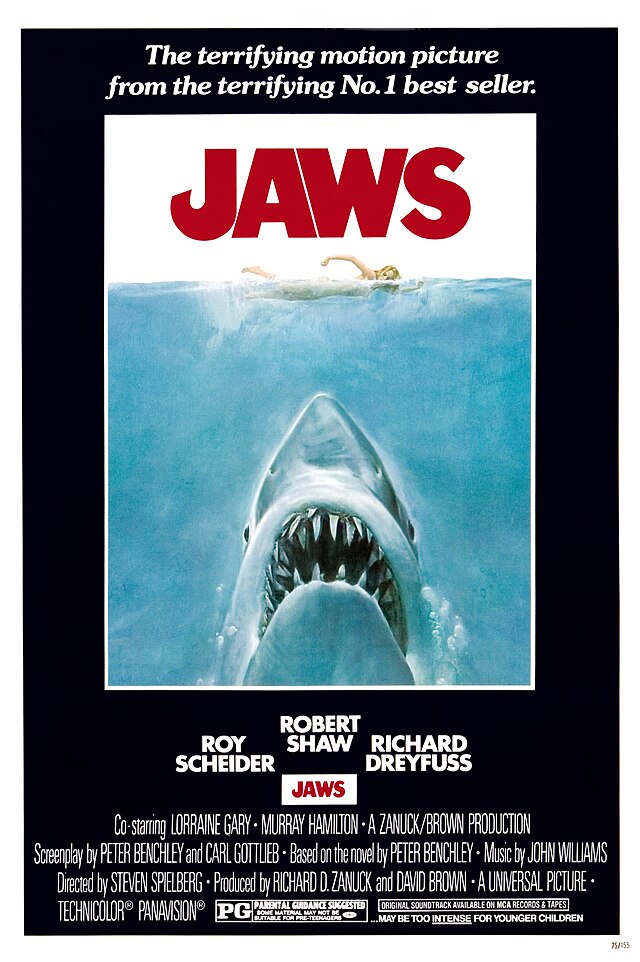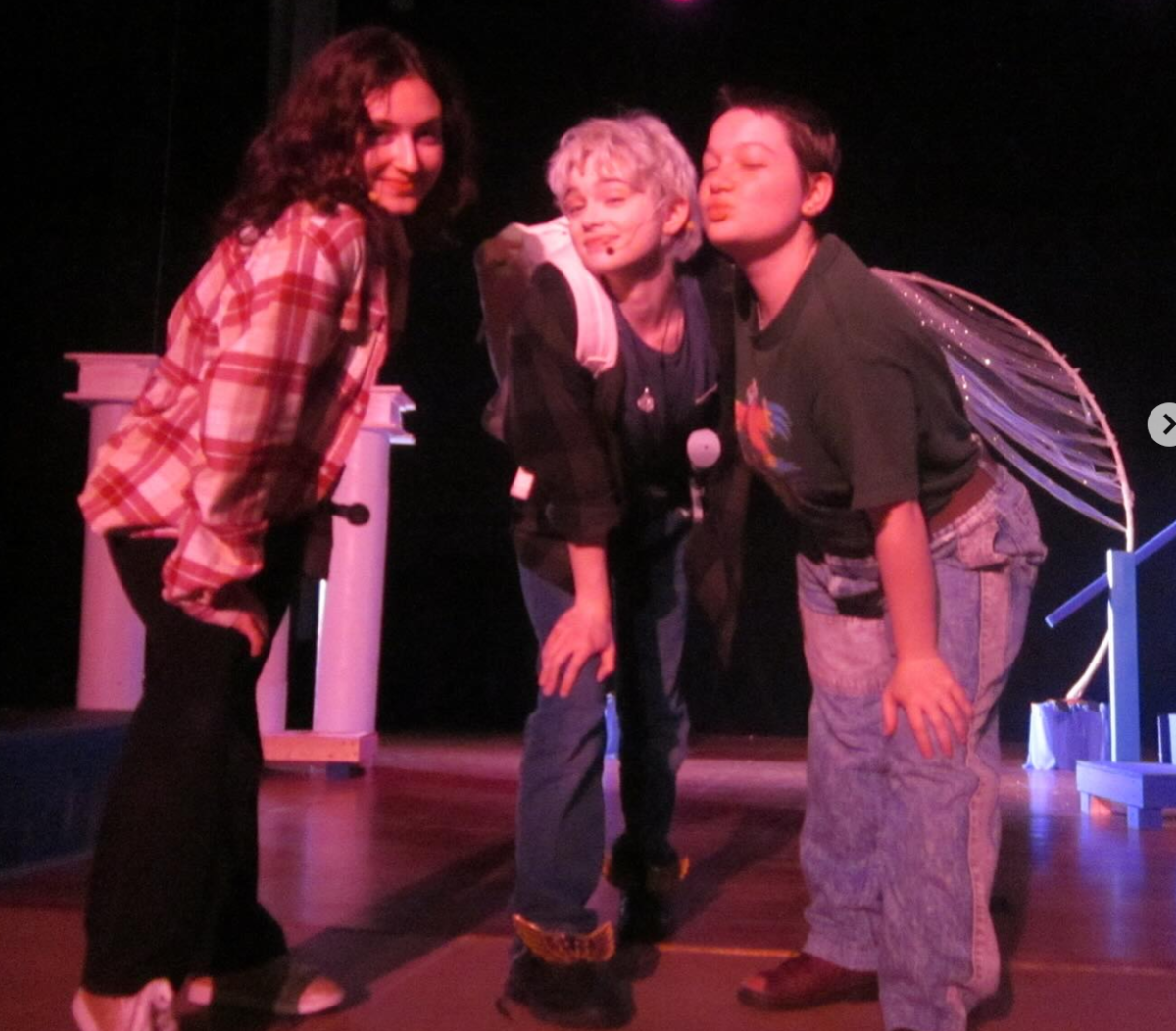“You’re gonna have to sleep sometime, MacReady.” -Childs, “The Thing” (1982)
There is a part of the human brain that specializes in paranoia. From the early days of mammalian evolution, we have been driven by the instincts of prey, and they are what has kept us alive. Like all things, though, these instincts can be taken to a deadly extreme.
“The Thing” (1982) is a sci-fi horror movie set in an Antarctic research station hundreds of miles from civilization. The only company our twelve protagonists have is each other and their dogs. Things take a turn for the worse when a body-snatching alien is unearthed from the ancient ice, and trust is soon abandoned as the titular “thing” takes over the bodies and minds of our heroes, one by one.
This is a film about suspense. “The Thing” creates fear through uncertainty and dread as the threat builds and characters are picked off. Even the gore is made to induce panic, not the “who could have done this?” kind, but the “how is this possible?” kind. It’s the fear that whatever kind of monster it is, you cannot fight it. You might not even recognize it before it strikes.
The characters are smart, however. Among them are biologists, meteorologists, medical doctors and mechanics. They devise tests and systems to try and catch the thing. Humans are unique in their intelligence, after all. When all else fails, we out-think the problem. There is no out thinking the thing, though. It is a wild animal, more powerful and dangerous than anything on Earth. The scientists quickly understand it, but it is beyond their power to destroy or even contain it. The only way to kill it, it seems, is through the power of fire. Taming fire is said to be what separates humanity from animals. Using it as the weapon against the thing as a last line of defense evokes the image of a prehistoric man fending off predators many times their size and far beyond their knowledge.
“The Thing” also excels at keeping its audience engaged. There is no question that the thing is alien, as the movie opens with a UFO heading towards Earth. If it was a worse film, we would see the planet the creature came from, the ship it lived on, and maybe even the form it took before encountering humans. This is a mistake many other writers and directors would make. Because we know so little, however, we begin to speculate. The fear of the unknown coupled with humanity’s natural curiosity draws us closer to the open mouth of the monster.
While the movie does show its age in many respects as the practical effects are a bit dated, the result still delivers. The thing looks and moves like rotting meat, even when its anatomy is twisted and deformed beyond possibility. The changing nature of the thing is perfectly captured by the shredded tissue, fused bones and vestigial organs lost within the mass of a monstrous organism.
There is something to be said about the difference between body horror and gore. In my opinion, gore is simply shed blood and strewn about bodies. Gore is measured in quantity, not quality. Body horror is the almost unrealistic disfiguration and mockery of the human form.
“The Thing,” then, is the culmination of body horror. By impersonating and mimicking humans, it hides among them, completely unnoticed. It only sheds its disguise once attacked, warping its vessel into a collage of human body parts and desperately seeking escape.
“The Thing” ends with the entire research station aflame and crumbling, with only two survivors to witness the destruction. There is no rescue team and no one to receive their distress signals. They survived just long enough to see that the creature was destroyed.




